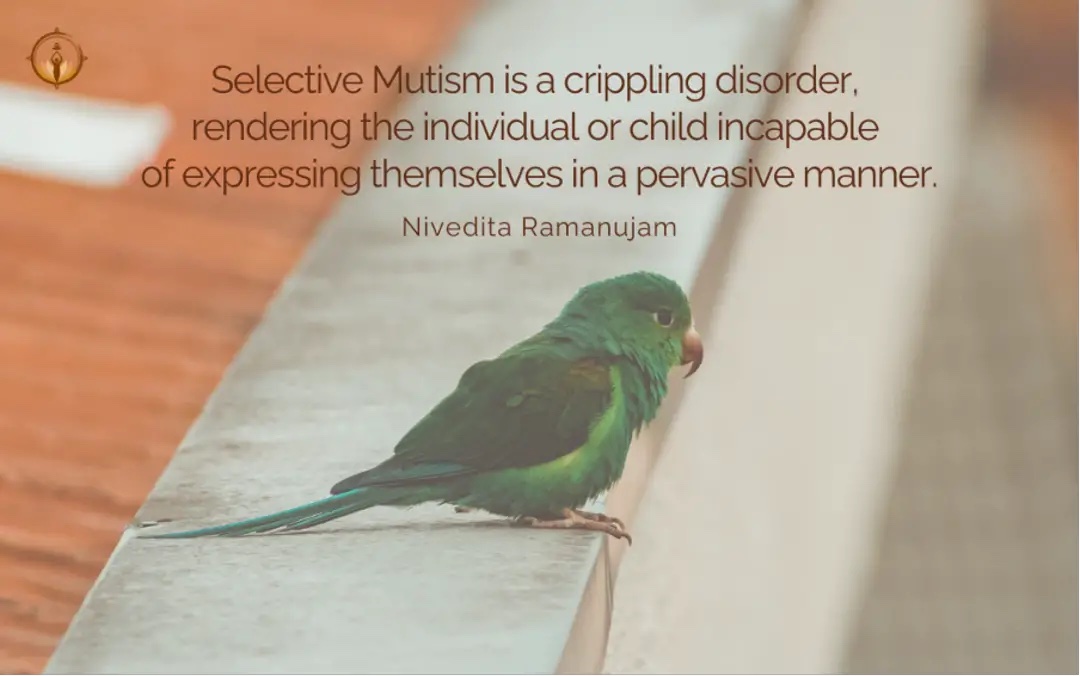Selective Mutism is a disorder wherein an individual finds themselves unable to speak in certain situations that bring them anxiety and/or where they feel vulnerable, intimidated or overwhelmed. Physiologically, it stems from our body’s innate response to perceived threats: fight, flight, freeze, or fawn. In selective mutism, the body reacts to the panic-inducing social situation with the ‘freeze’ response, rendering them mute temporarily.
Due to the nature of this disorder, it is often a co-occurring disorder with social anxiety disorder (see our previous blog on this topic here: https://www.niveditaramanujam.com/2023/11/17/social-anxiety-disorder/ ).
The most common type of selective mutism is presented in children who fail to be social or converse in school. This tends to lead to several issues going forward due to the significant effect on the development of social skills and academic skills at a young age.
In addition, individuals with selective mutism can start to exhibit avoidance behaviour for such distressing situations over time, which further impairs their development and can lead to loneliness and isolation.
A person with selective mutism can be identified if they present symptoms that include some or all of the below in particular situations e.g. at school:
- frozen / rigid facial expression
- shyness
- temper / aggression
- minimal / no communication
- exhibiting avoidance behaviour
- avoiding eye contact
A combination of exposure therapy, cognitive behavioural therapy, desensitisation therapy, and mindfulness can be used to help treat selective mutism.
Stay tuned for more information about these techniques.

